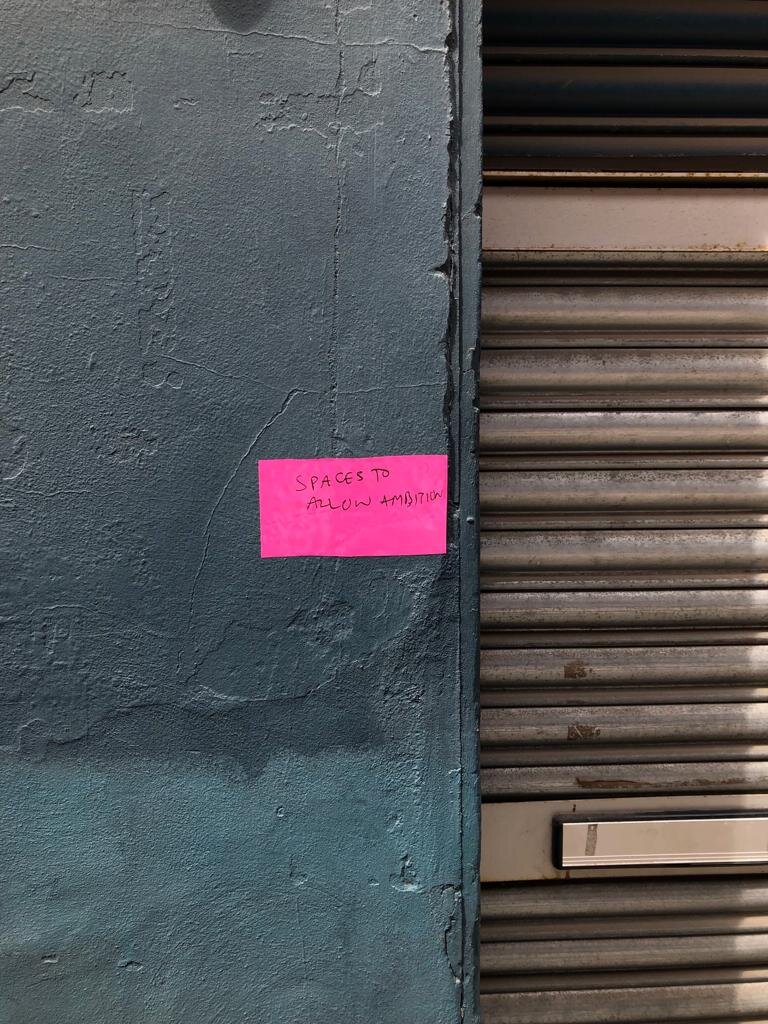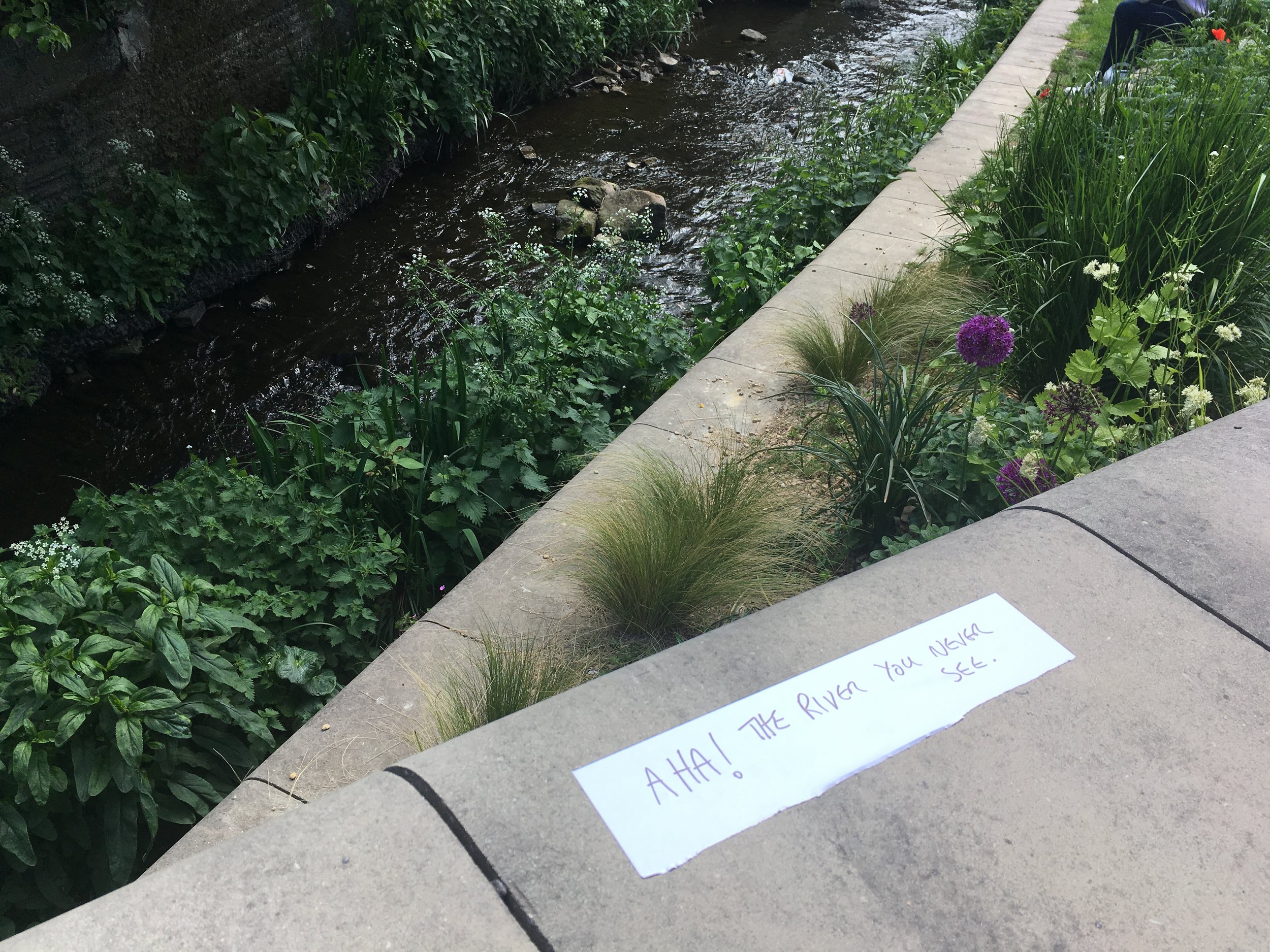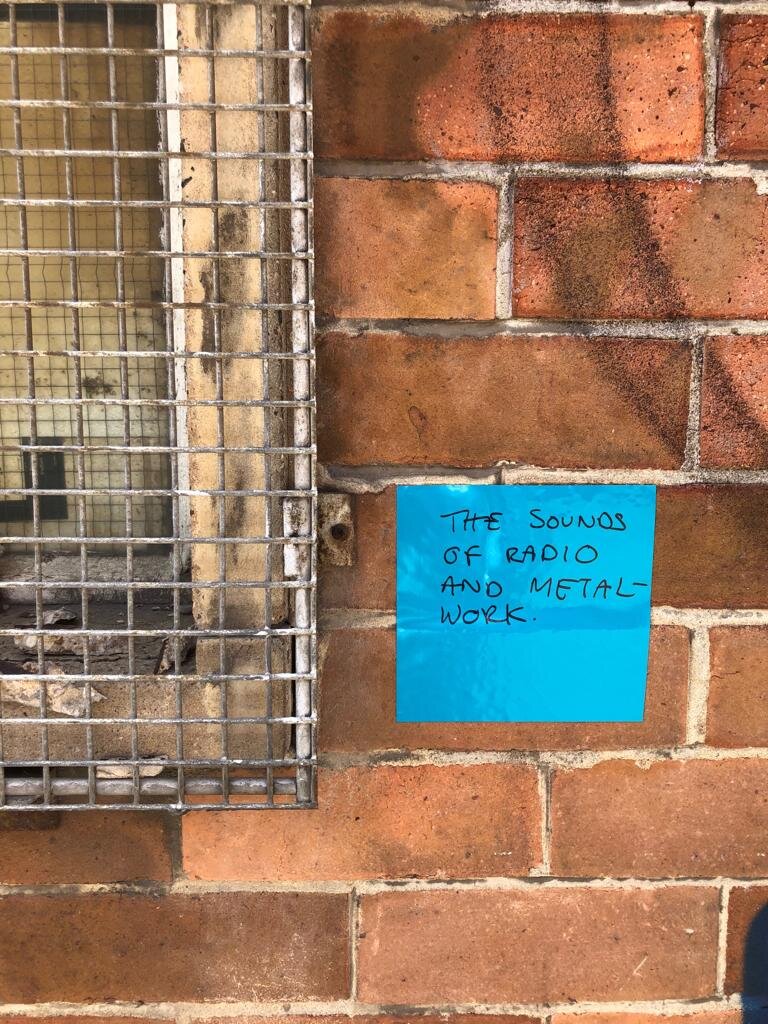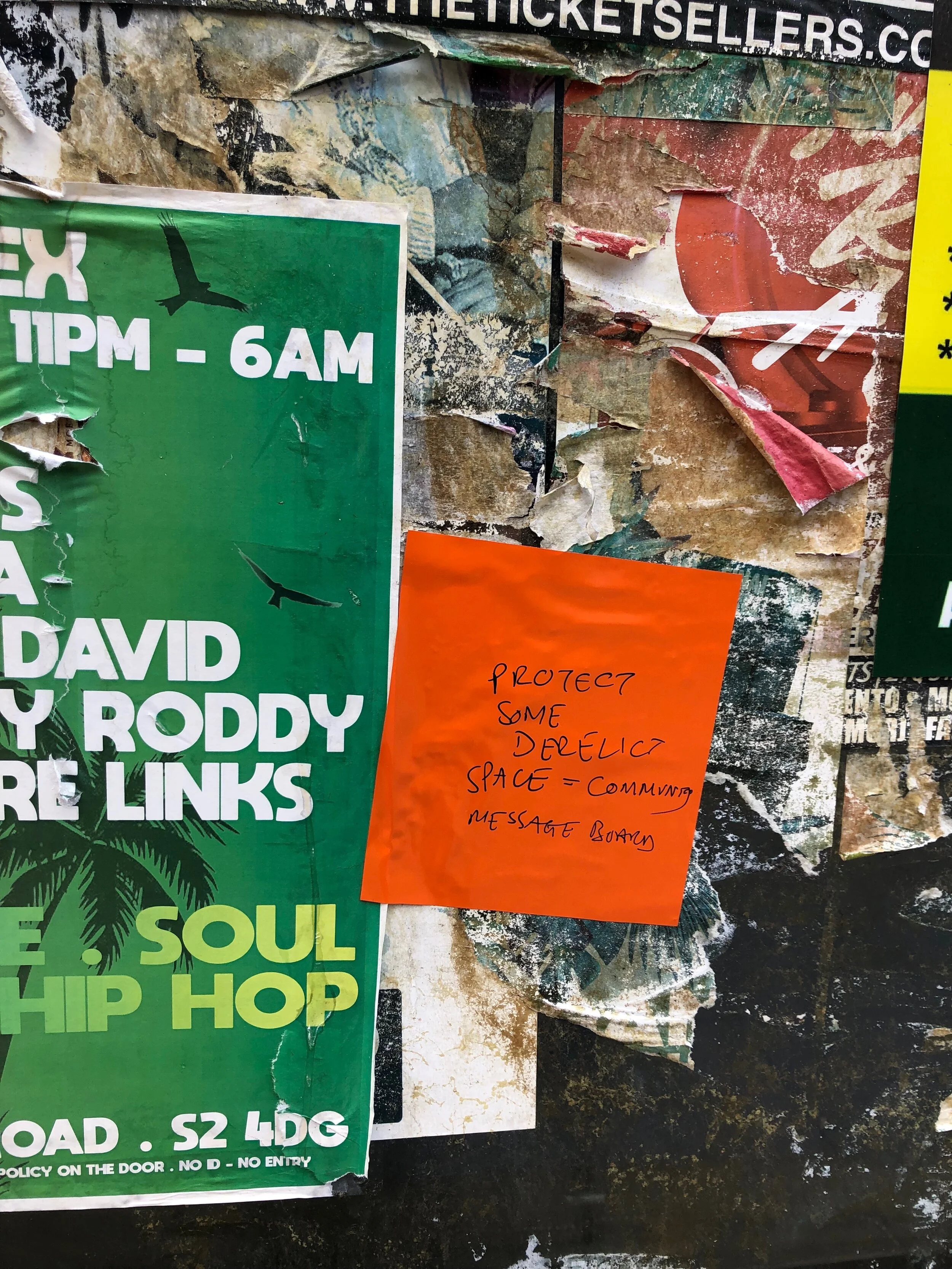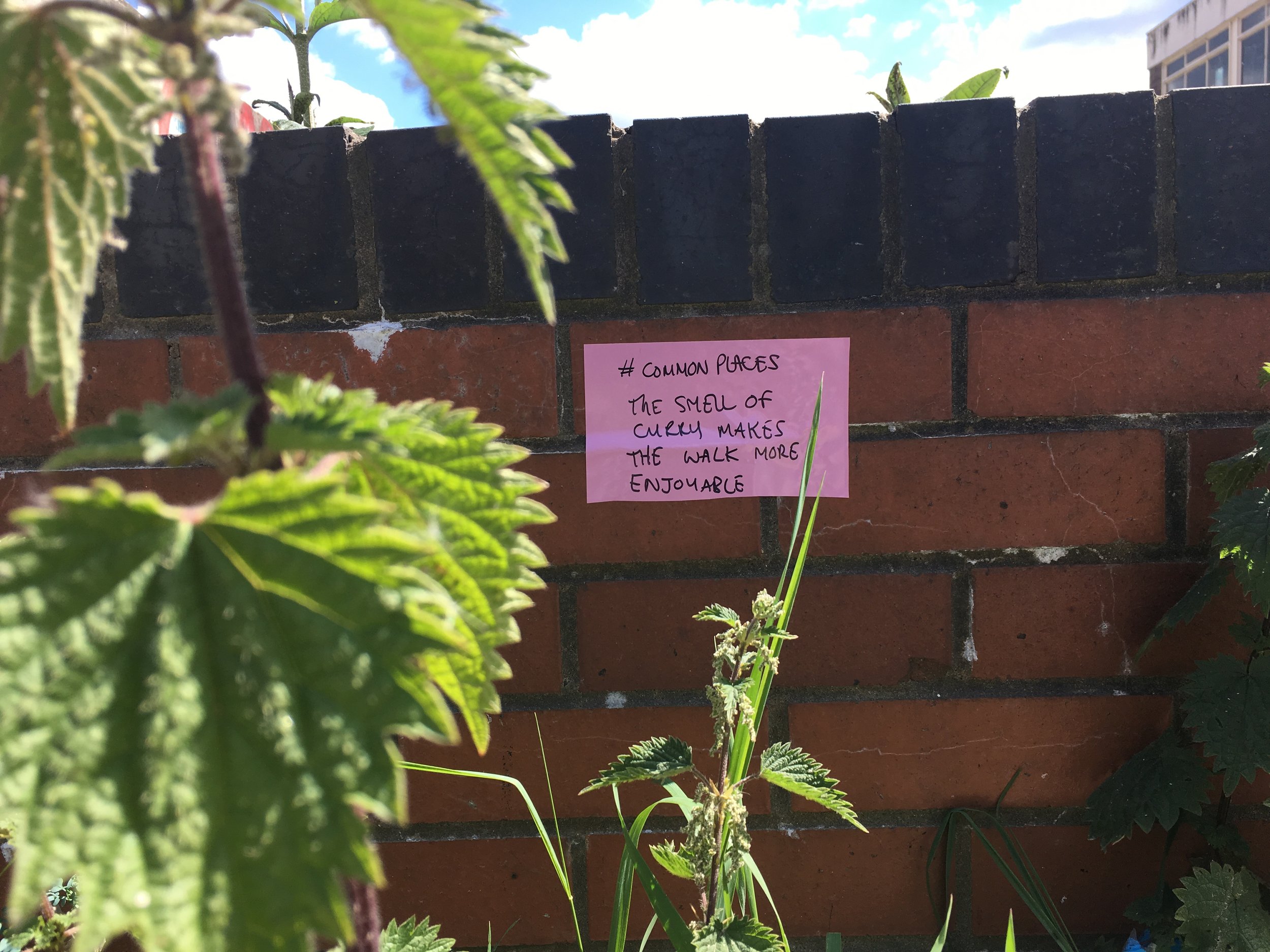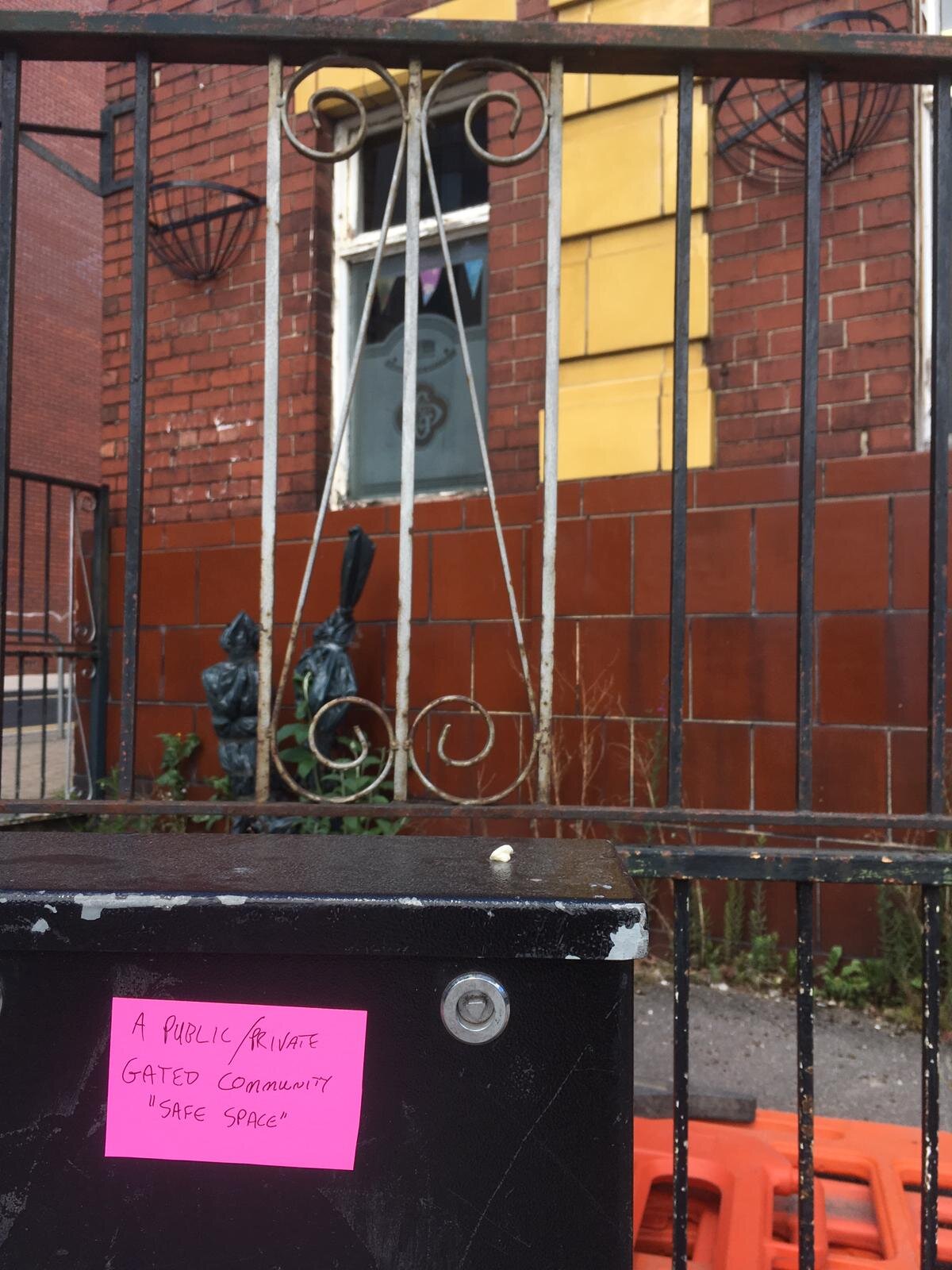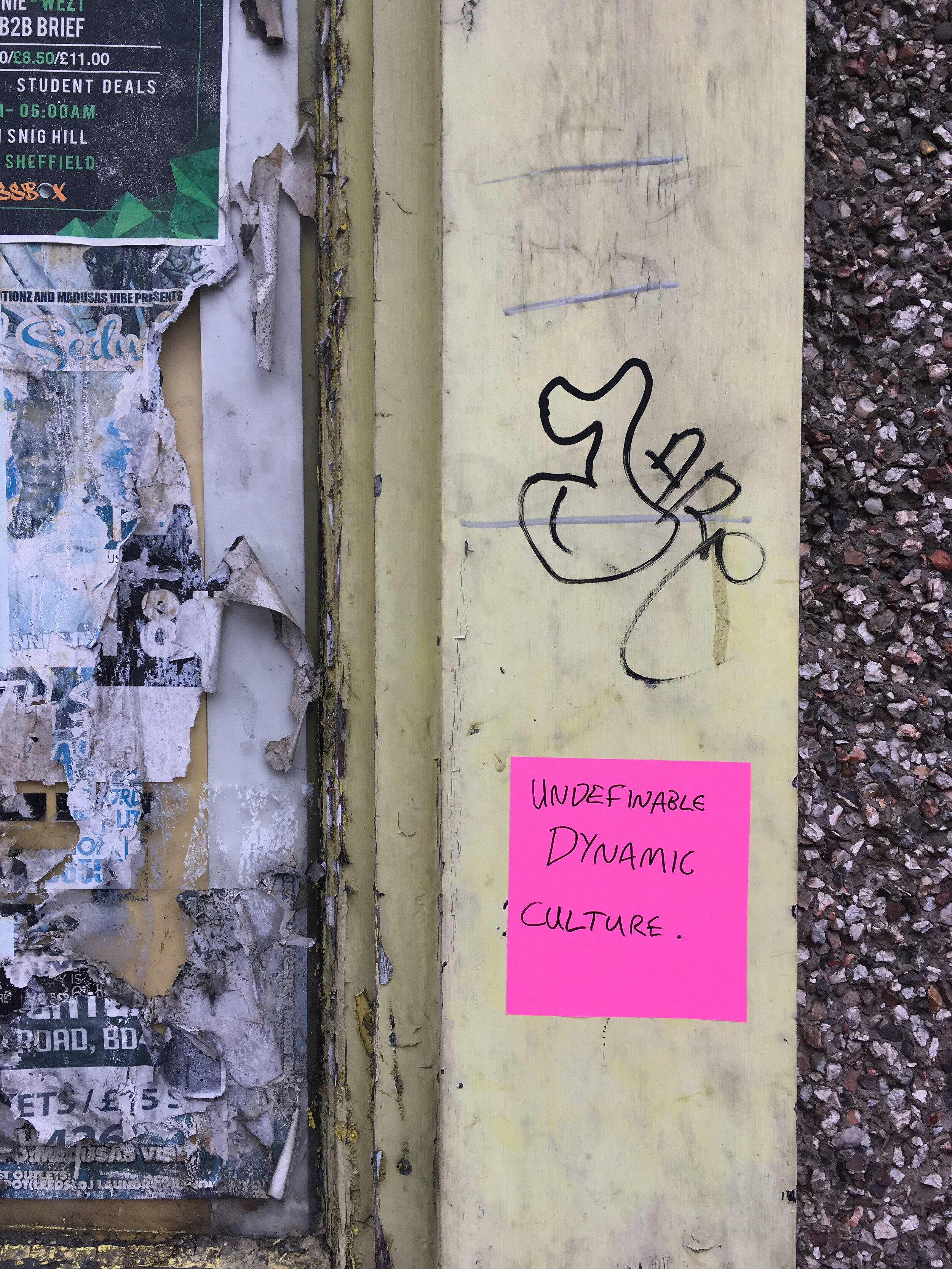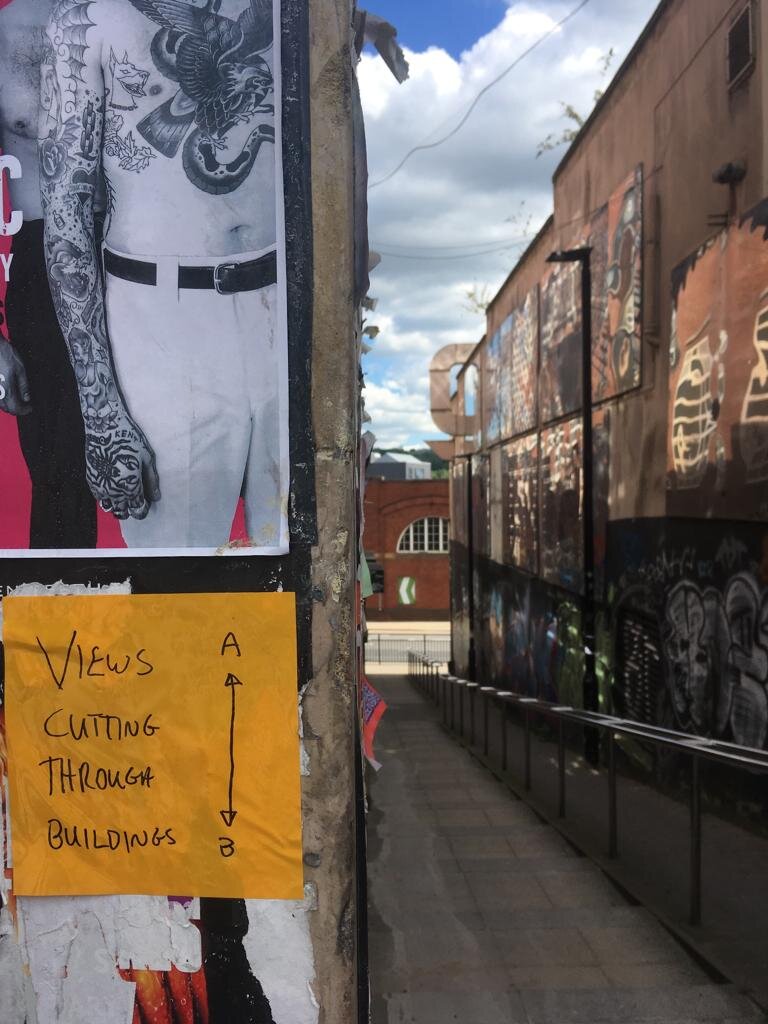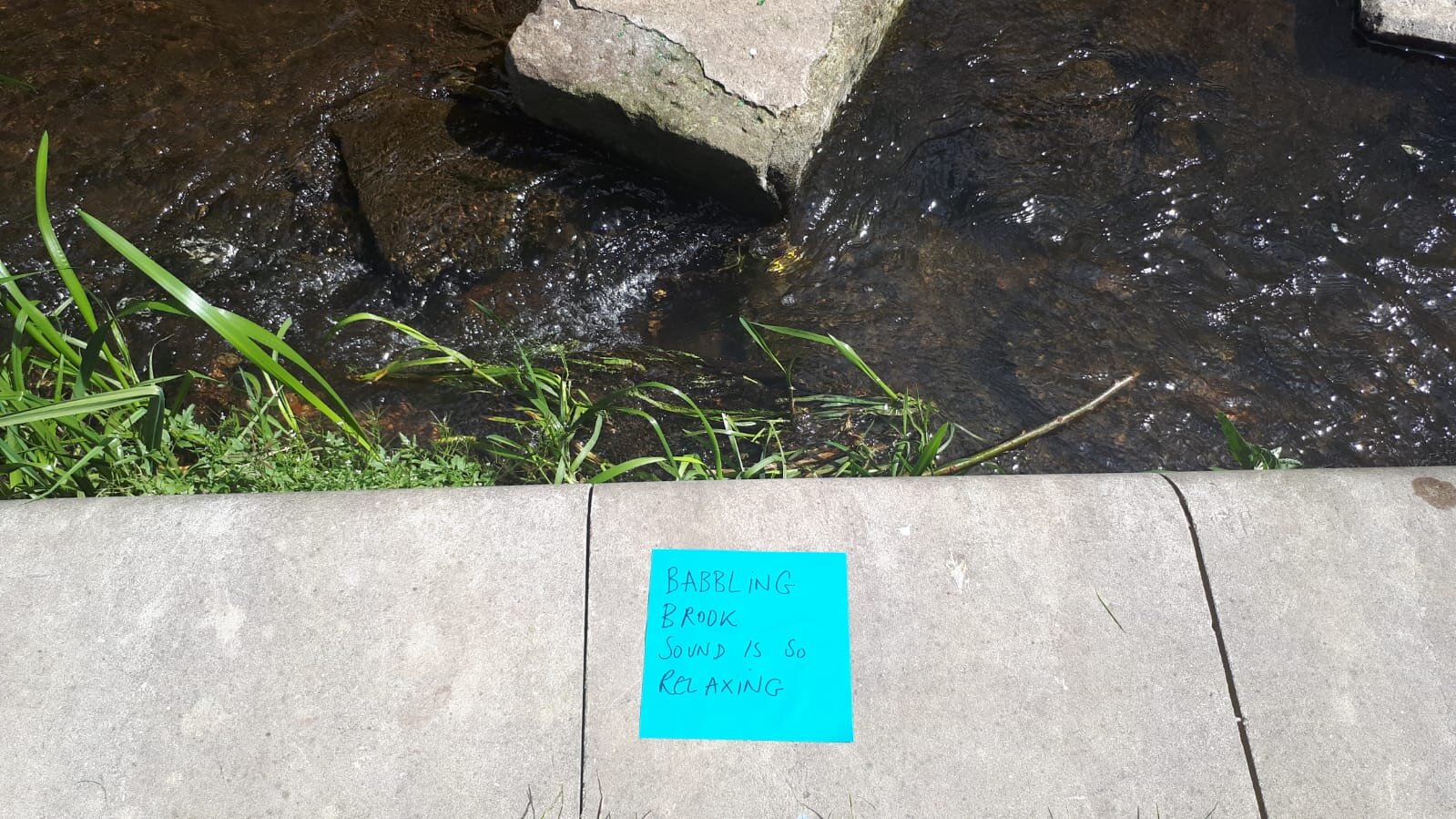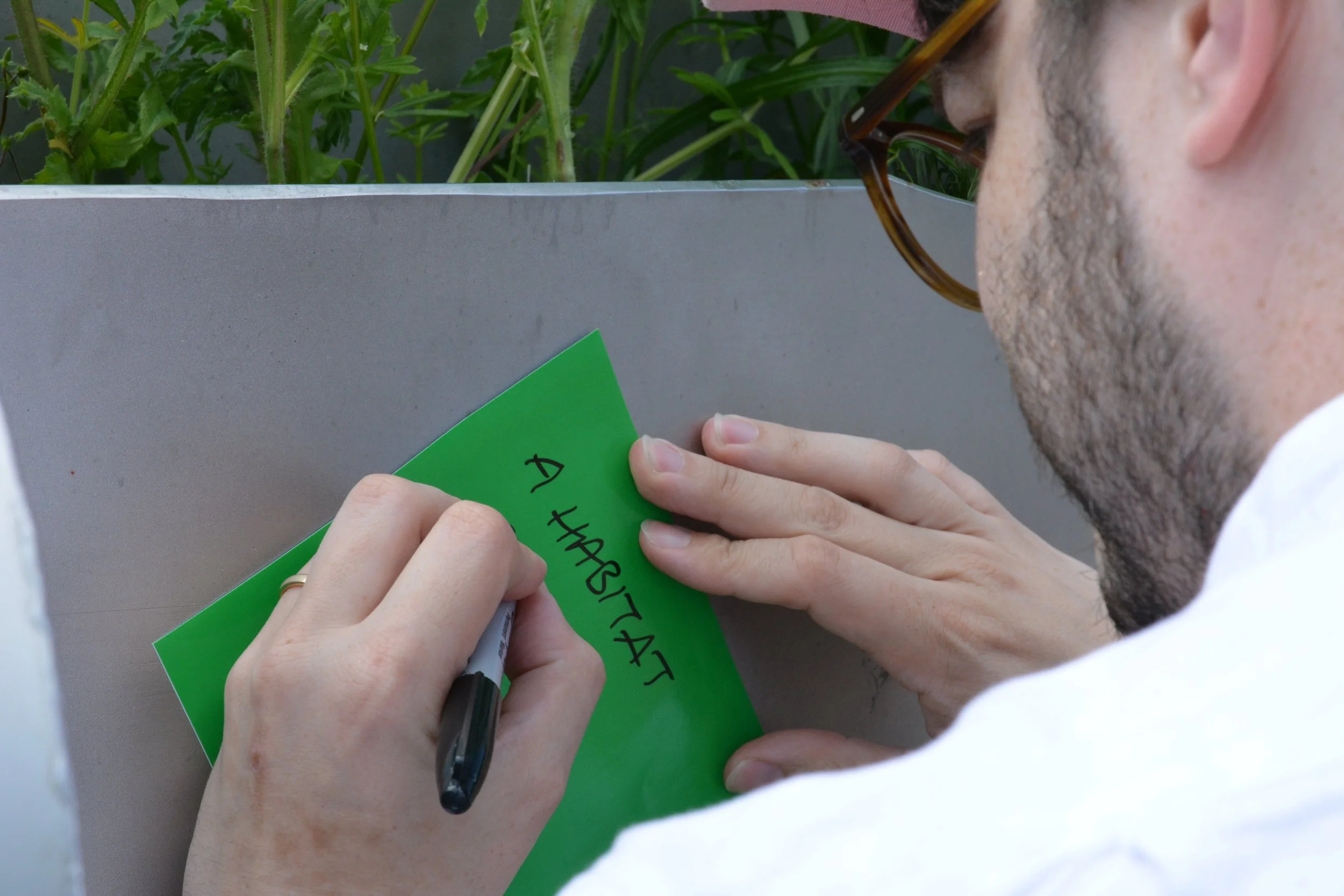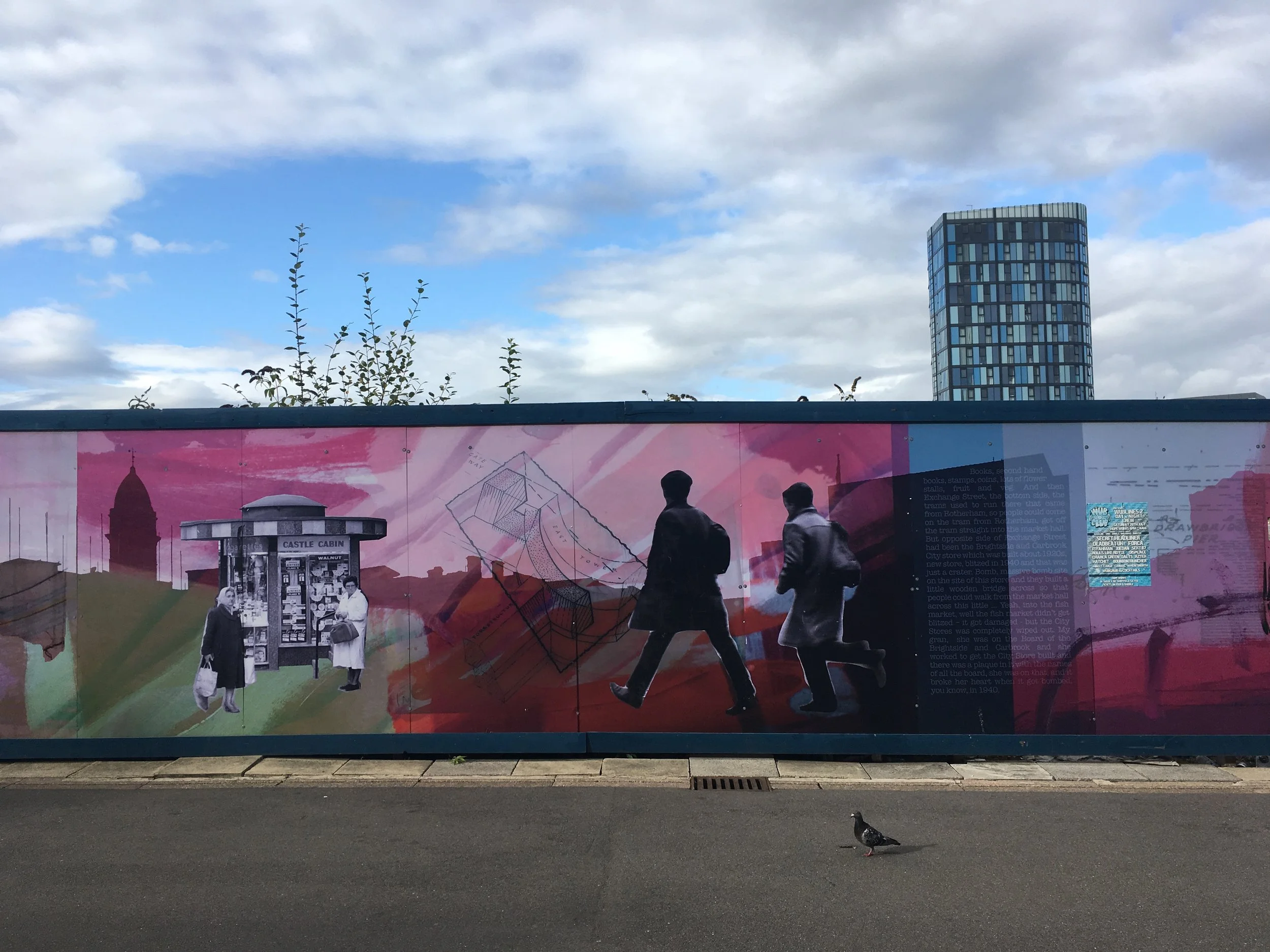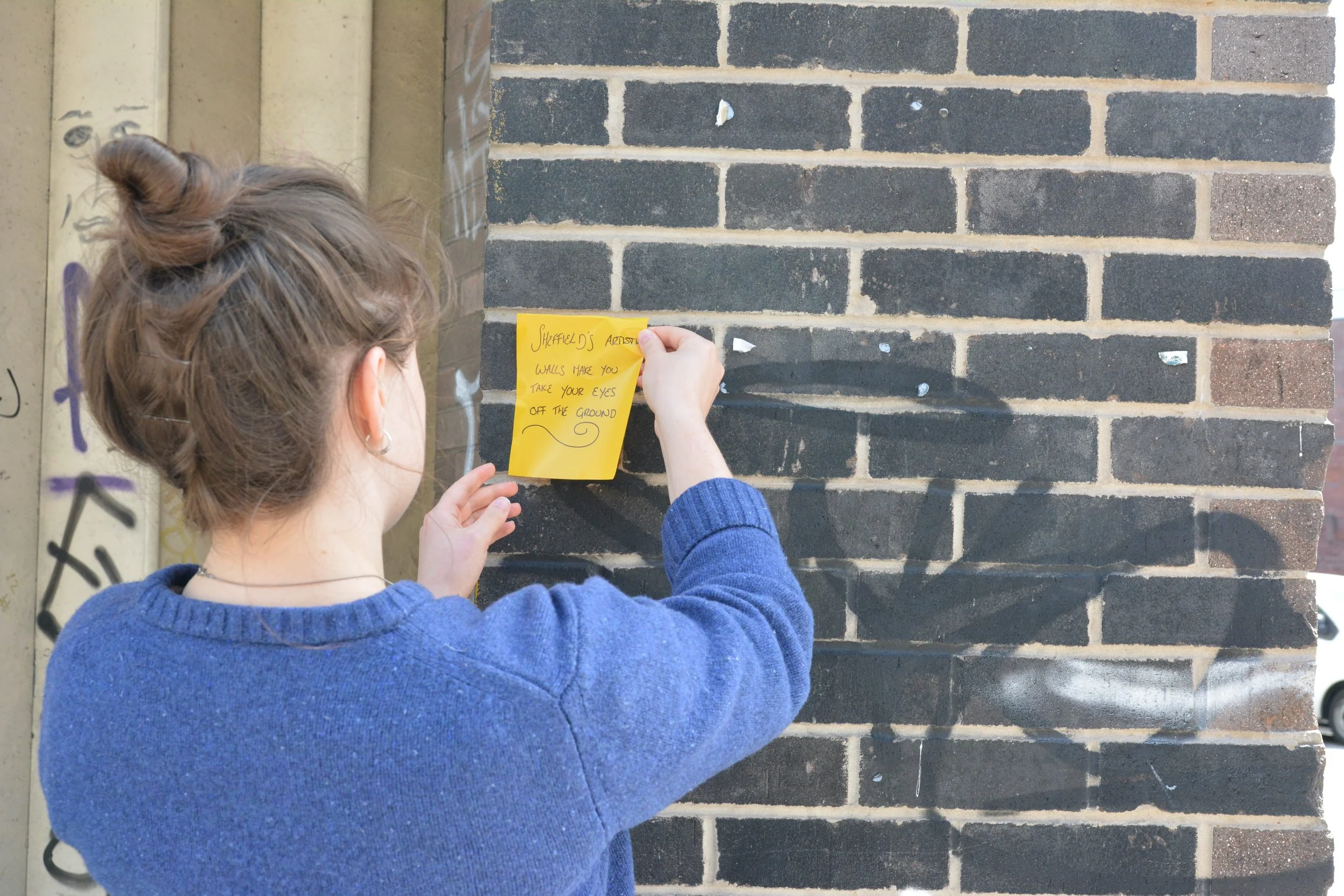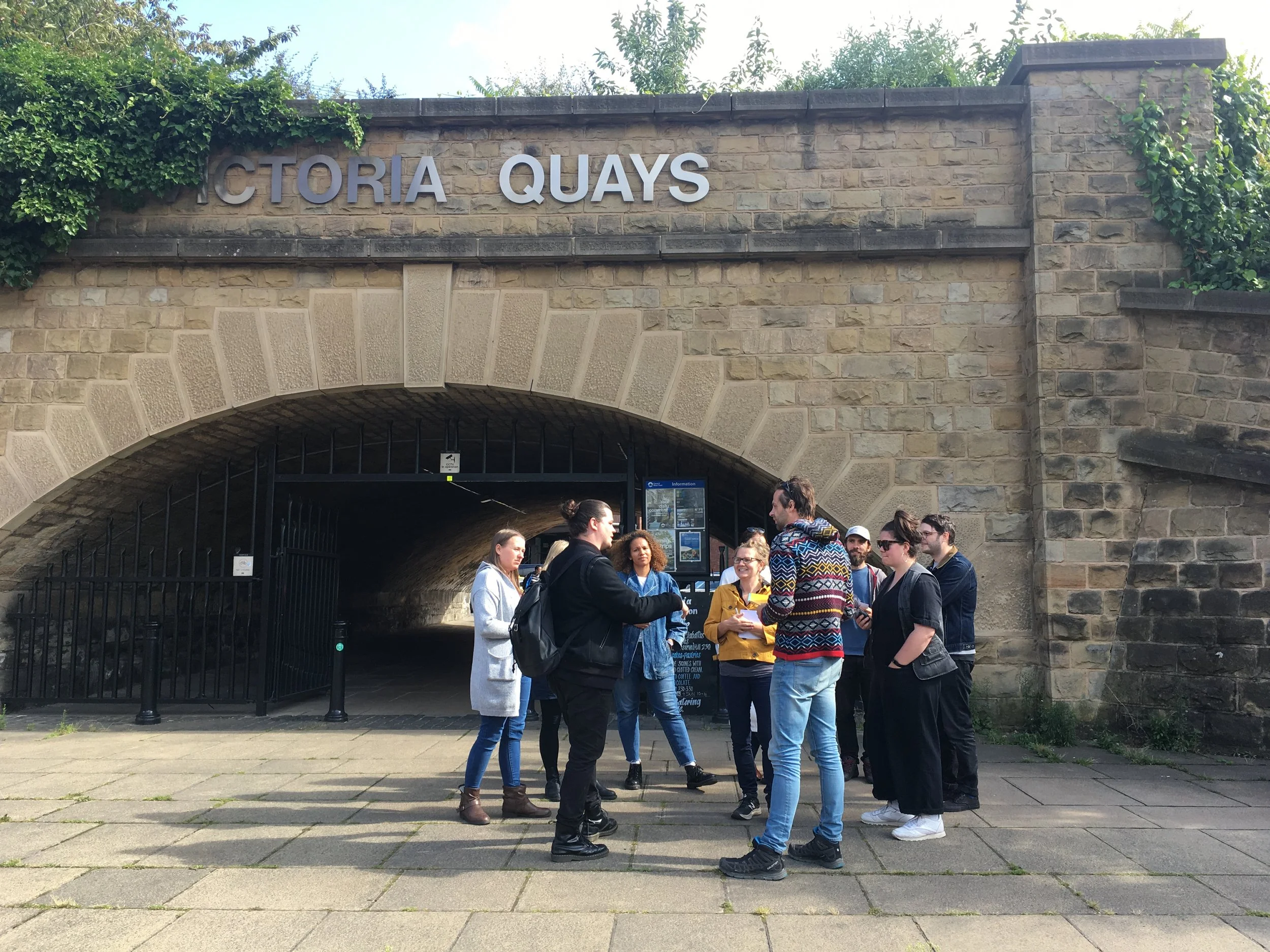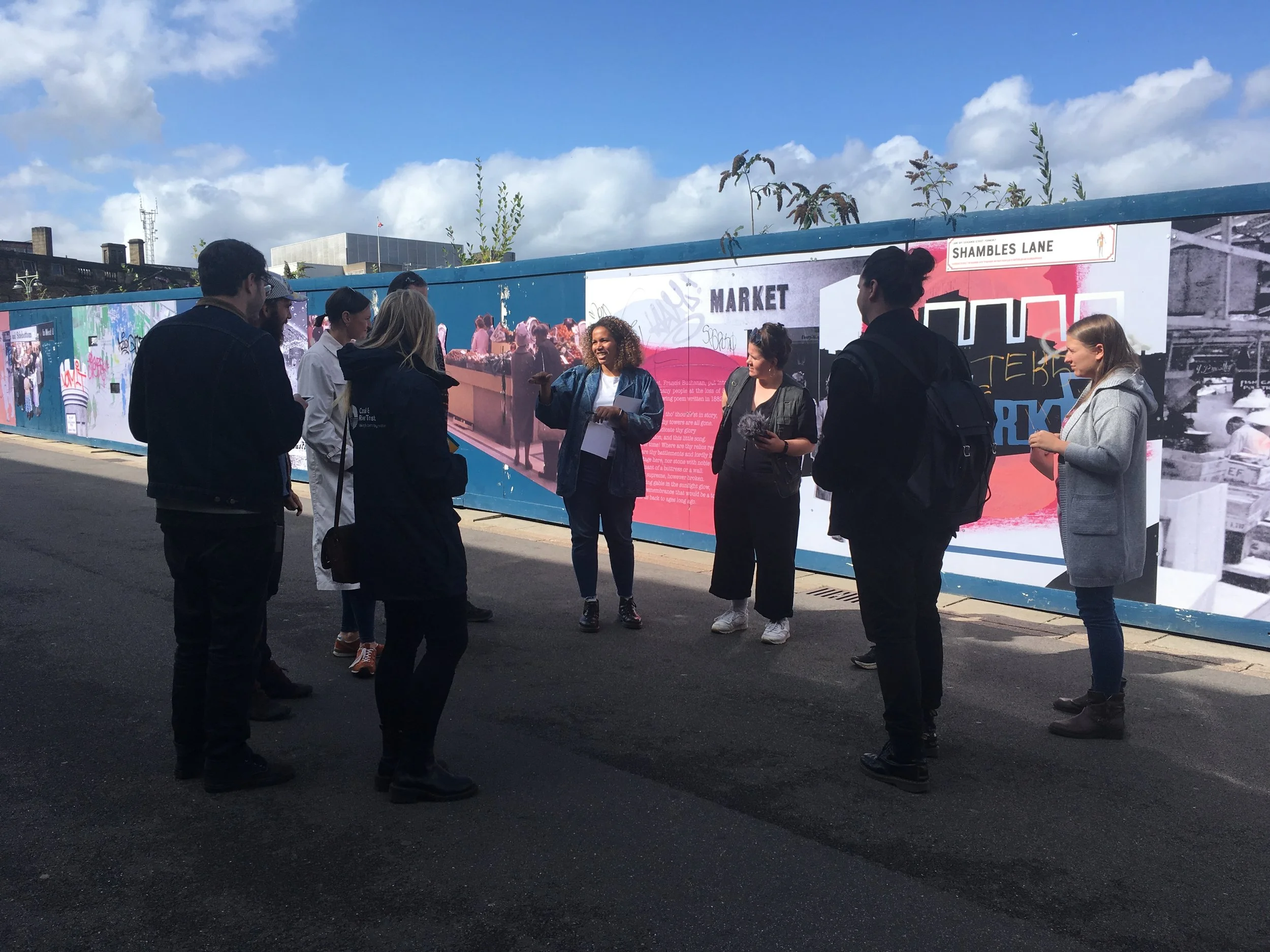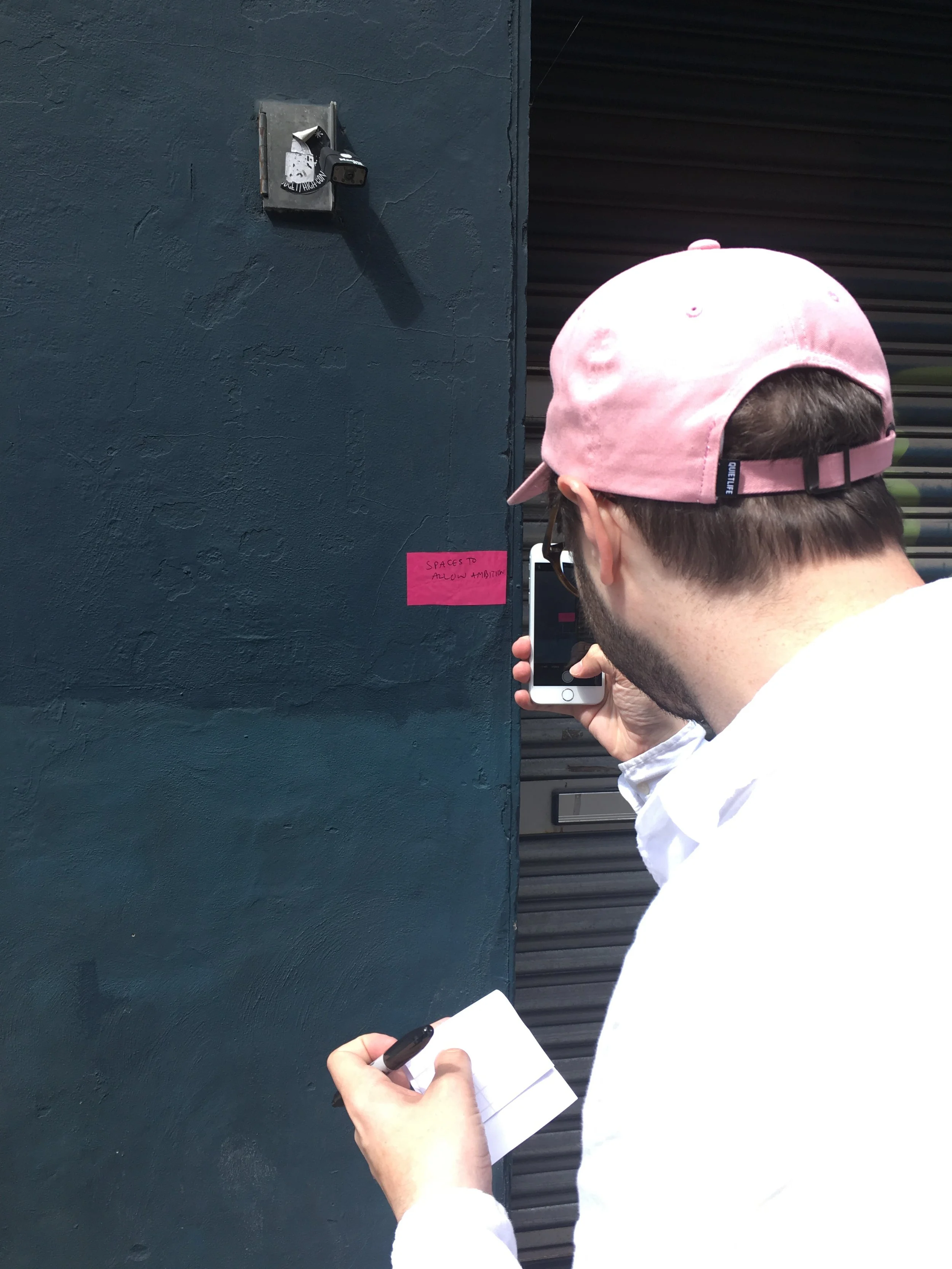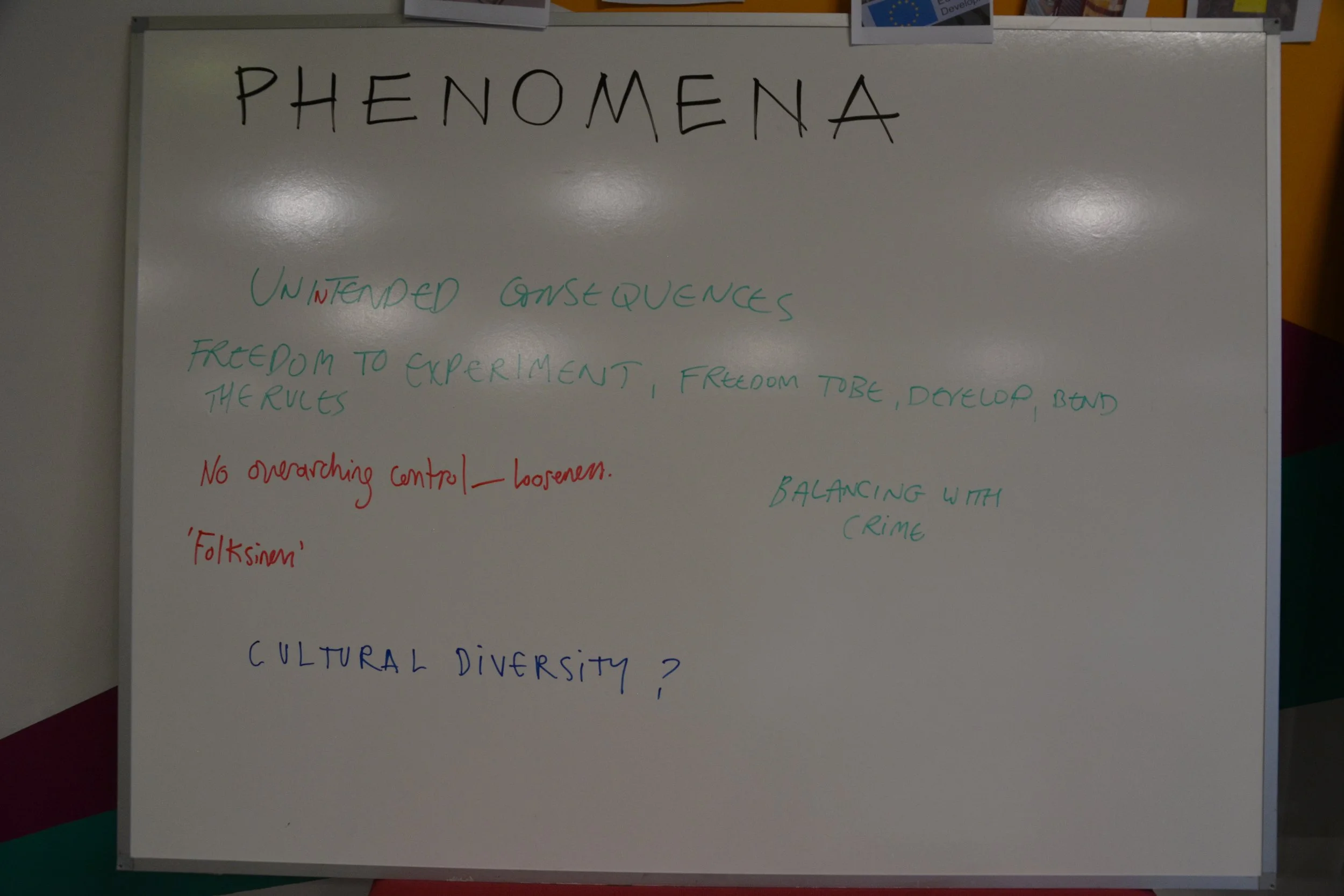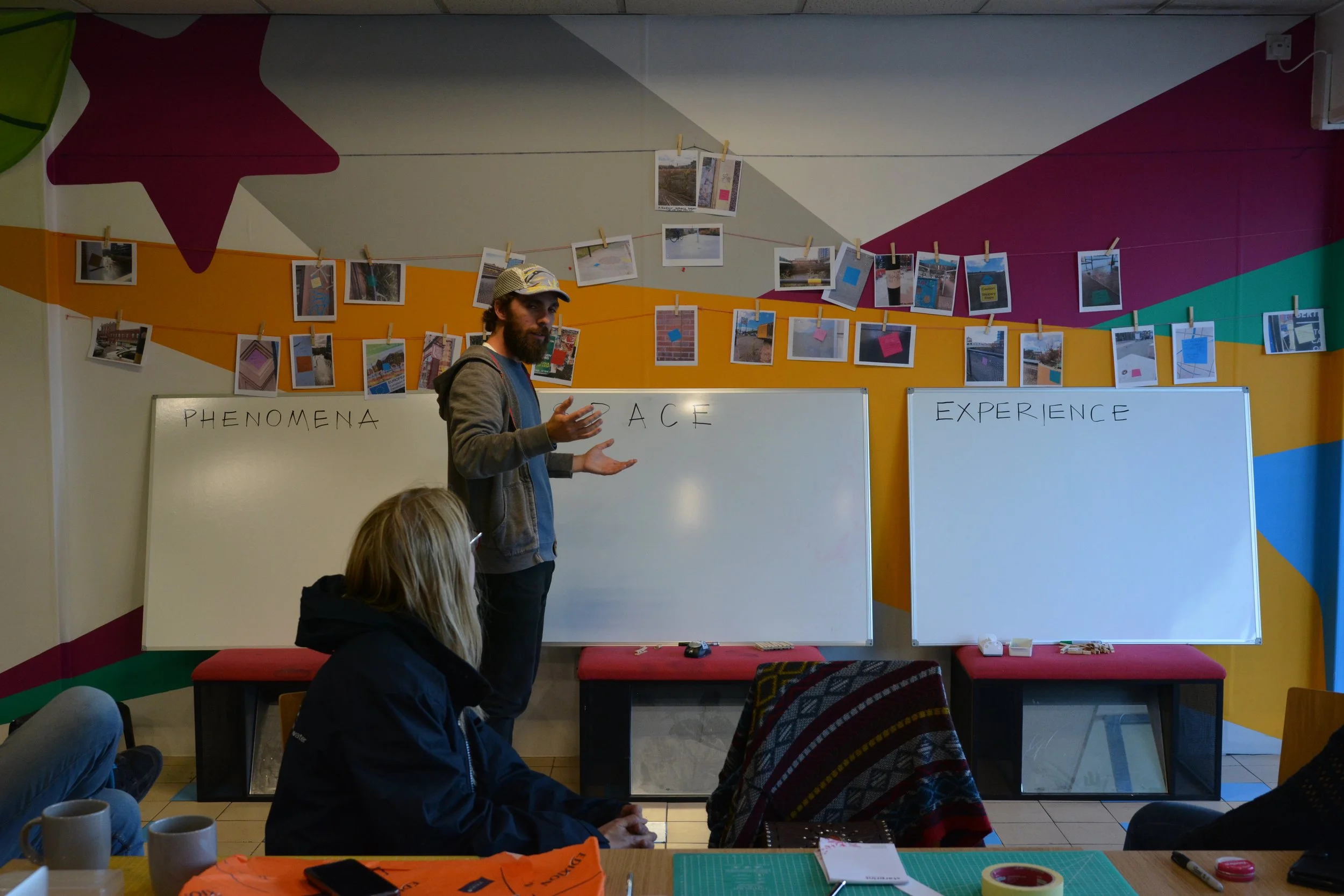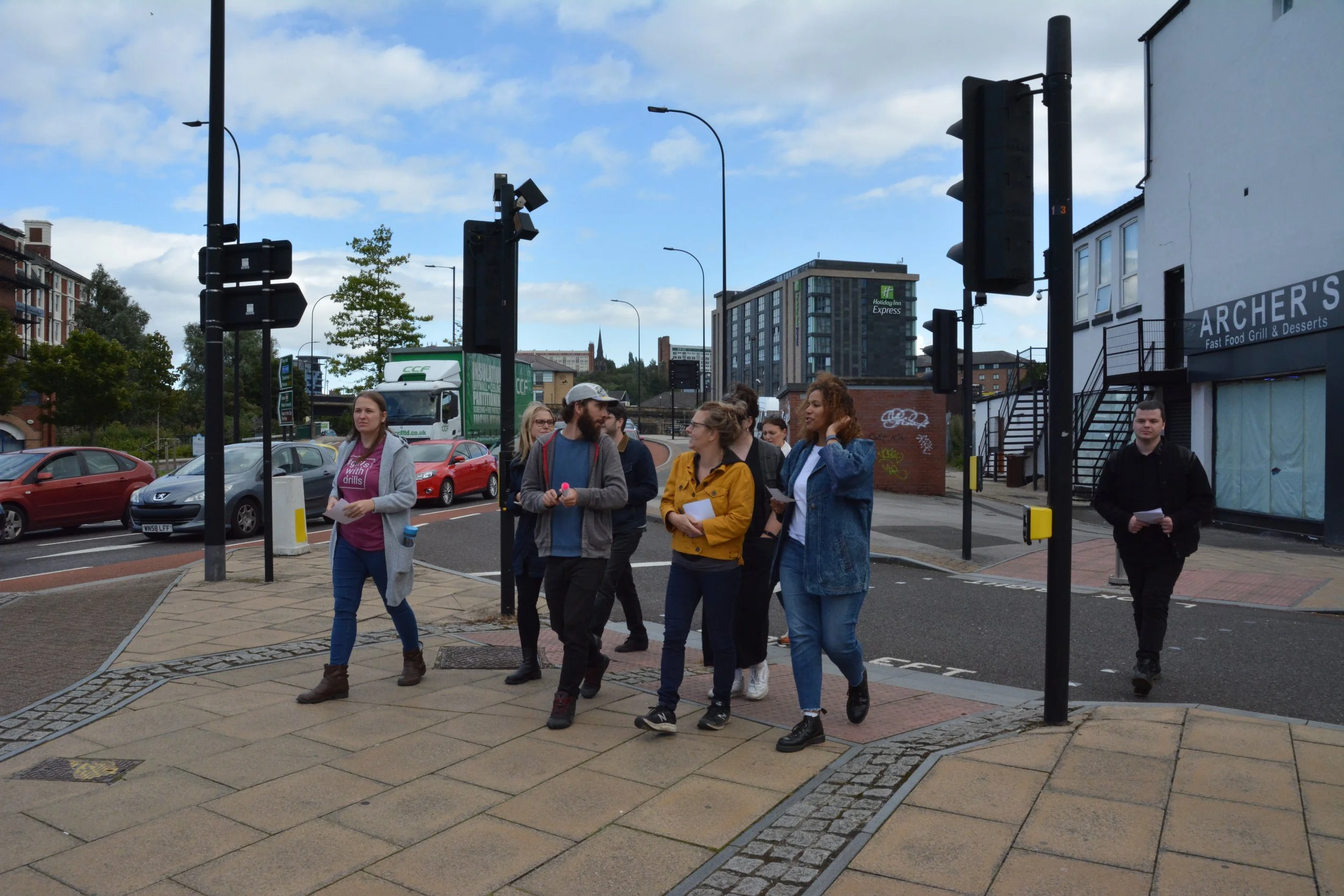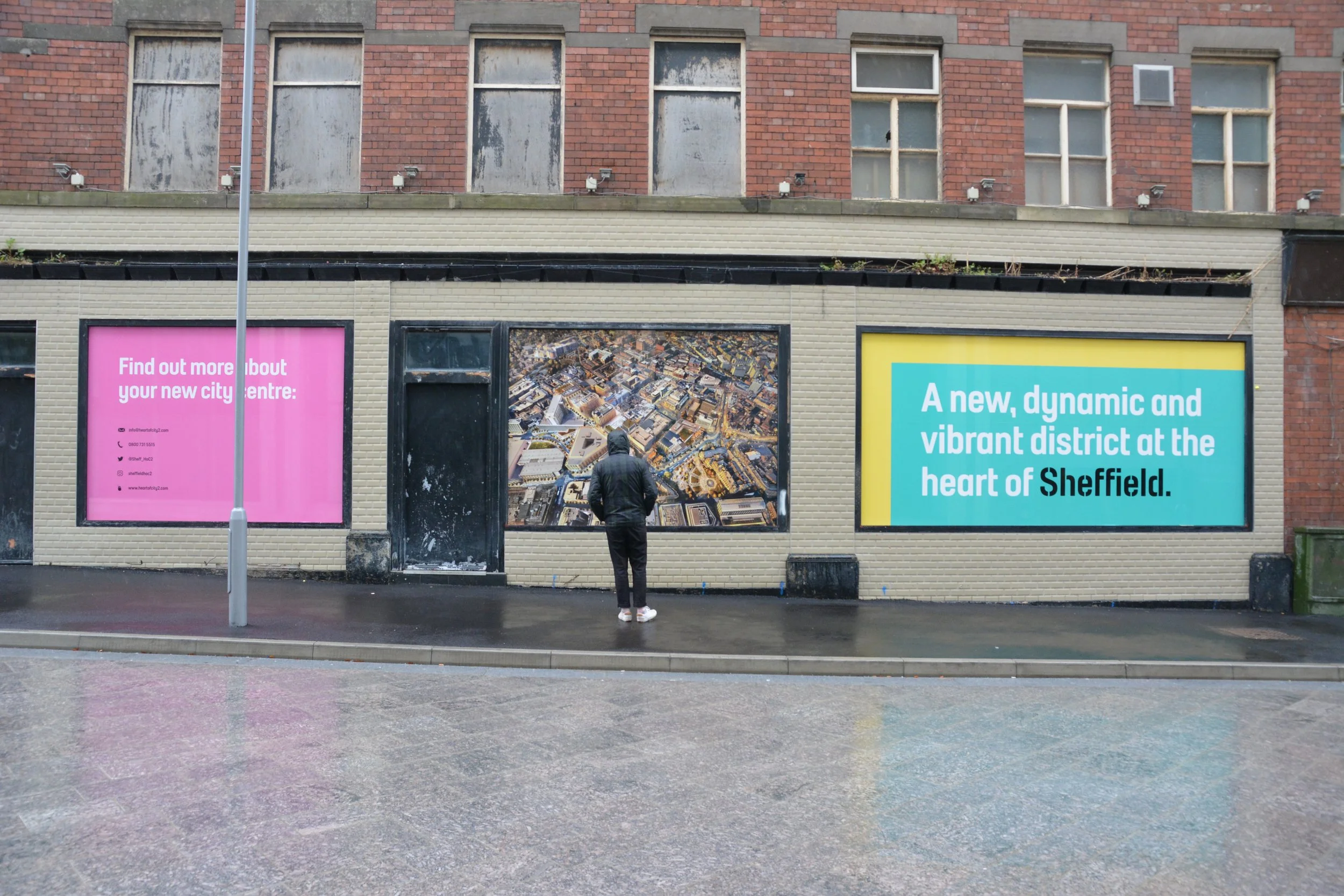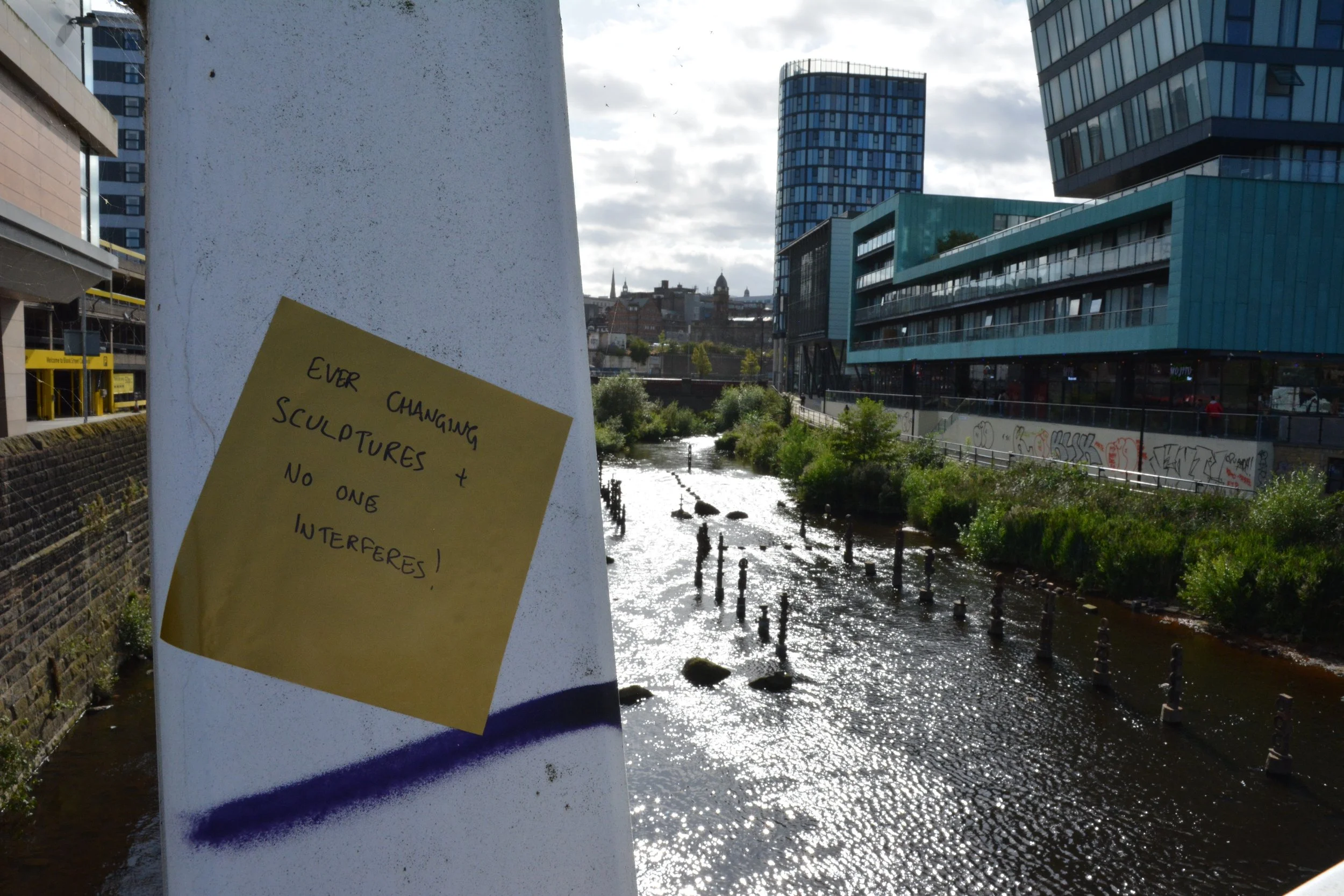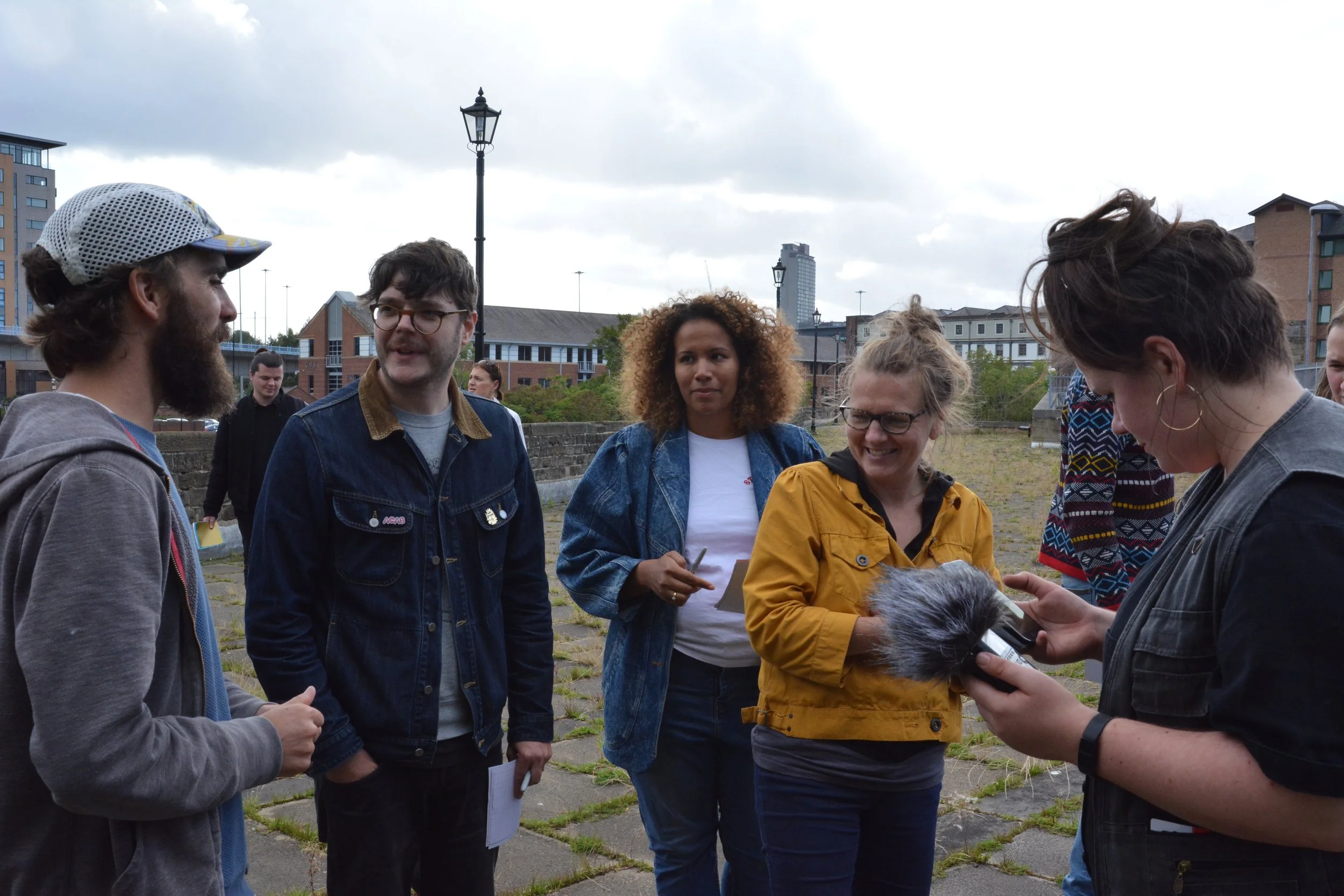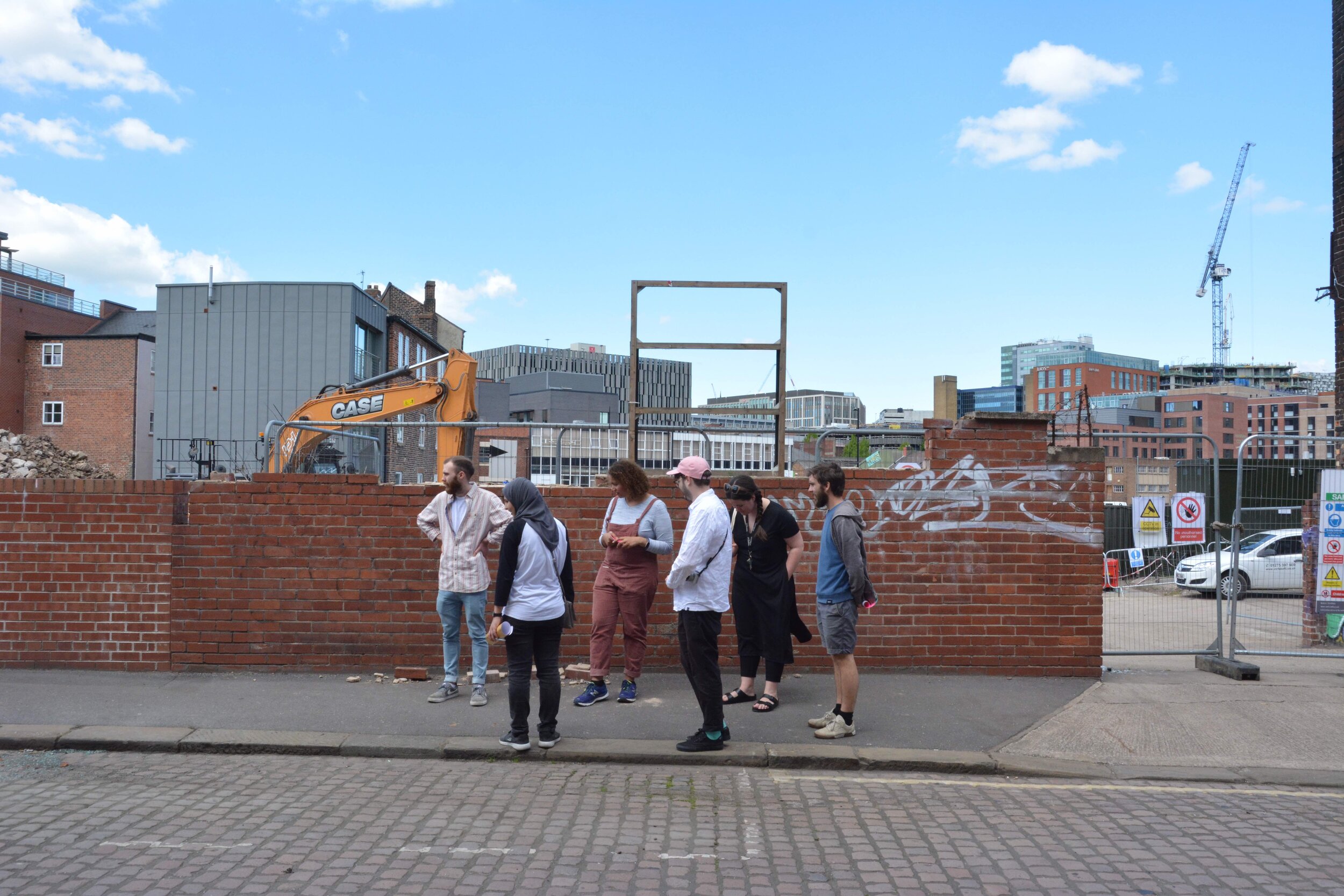
mapping immaterial values -or the ‘things held dear’- within the context of urban regeneration in Sheffield.
common-places (2019)
Sheffield, UK.
Collaborators:
Catalina Pollak Williamson, Dr. Andy Inch (University of Sheffield, Planning Department), Brightbox Makerspace.
Commissioned by:
Site Gallery (Sheffield) for the “City of Ideas” project - supported by Arts Council’s Ambition for Excellence fund.
Publication:
Pollak Williamson, C. (2021). Things we hold dear. Airea: Arts and Interdisciplinary Research, (3), 5-16. https://doi.org/10.2218/airea.5616
Website:
Common-Places was a participatory workshop that invited members of the local community to recognise the ‘things they hold dear’ about the area in which they live or work. The aim was to identify both material and immaterial forms of value that contribute to the ‘character’ of a place - foregrounding those use-values that matter most to the community.
The project sought to develop tools for mapping, commemorating, and ultimately protecting this intangible heritage within the context of urban regeneration in Sheffield. It addressed key challenges around incorporating an expanded notion of heritage into urban planning - one that encompasses not only the material legacy of the built environment but also the intangible, relational elements that emerge from the interactions between people, places, and things.
Structured as a three-part intervention, the project combined a range of methodological approaches. The first phase consisted of a collective walk designed to unearth ‘embodied place-wisdom’ through the recollection of everyday spatial experience. Participants were invited to identify and map forms of local value using both analogue and digital tools. The second phase involved developing an analytical framework to articulate this expanded notion of heritage - translating the subjective and experiential into a form of collective knowledge by qualifying immaterial values that shape the character of place. The third and final phase focused on communicating these insights through a symbolic act of commemoration: the co-production of a sculptural intervention that celebrated local heritage and embraced the beauty of the imperfect.
Ultimately, the project culminated in the drafting of a Community Use-Value Strategy (CUVS) - a document intended to support communities in safeguarding the immaterial dimensions of place in the face of ongoing urban transformation.
